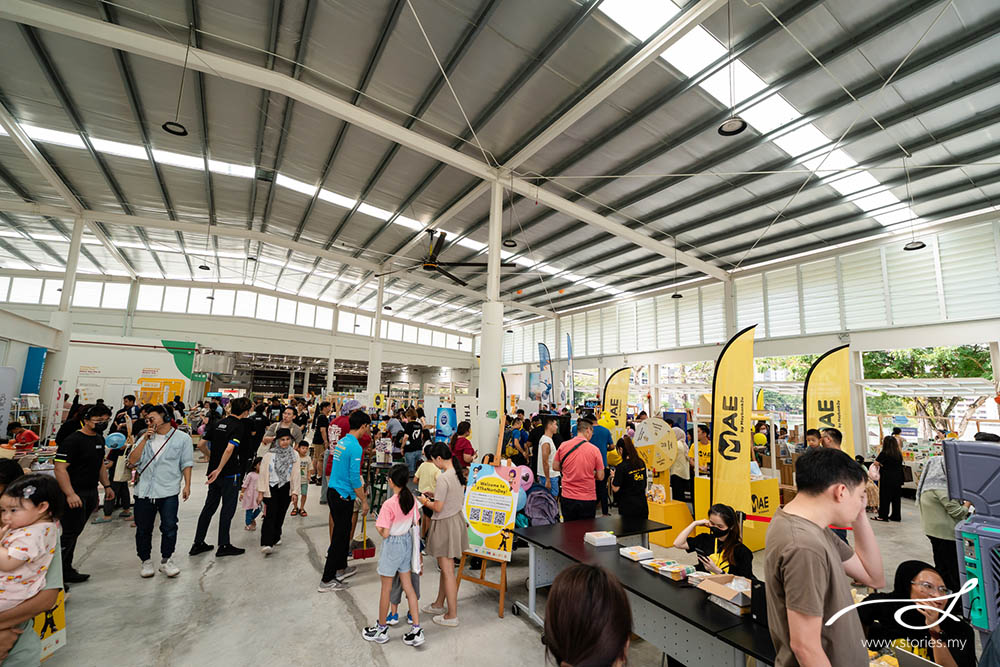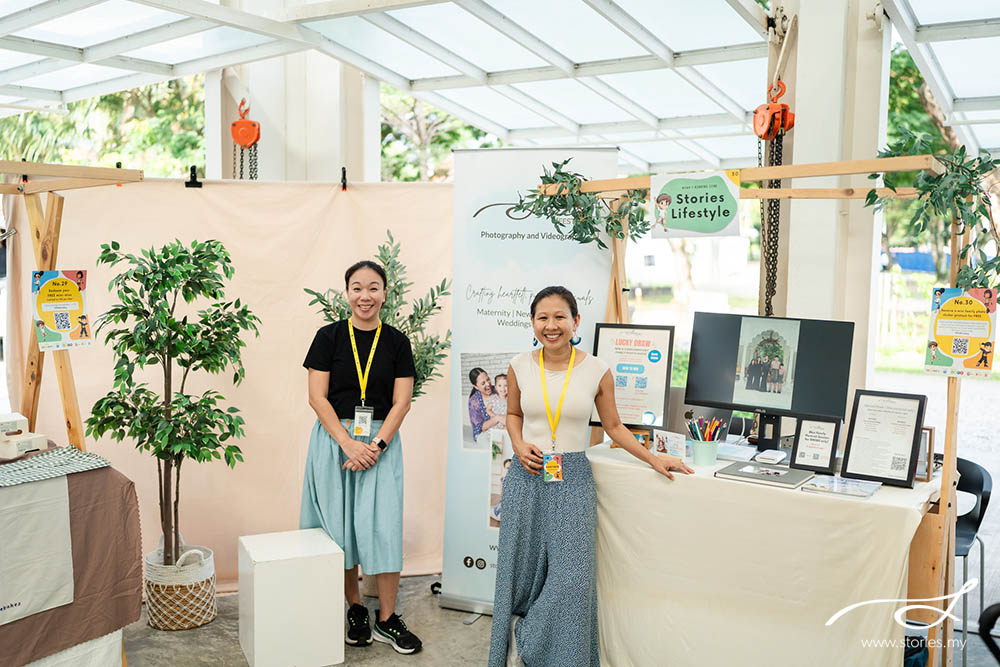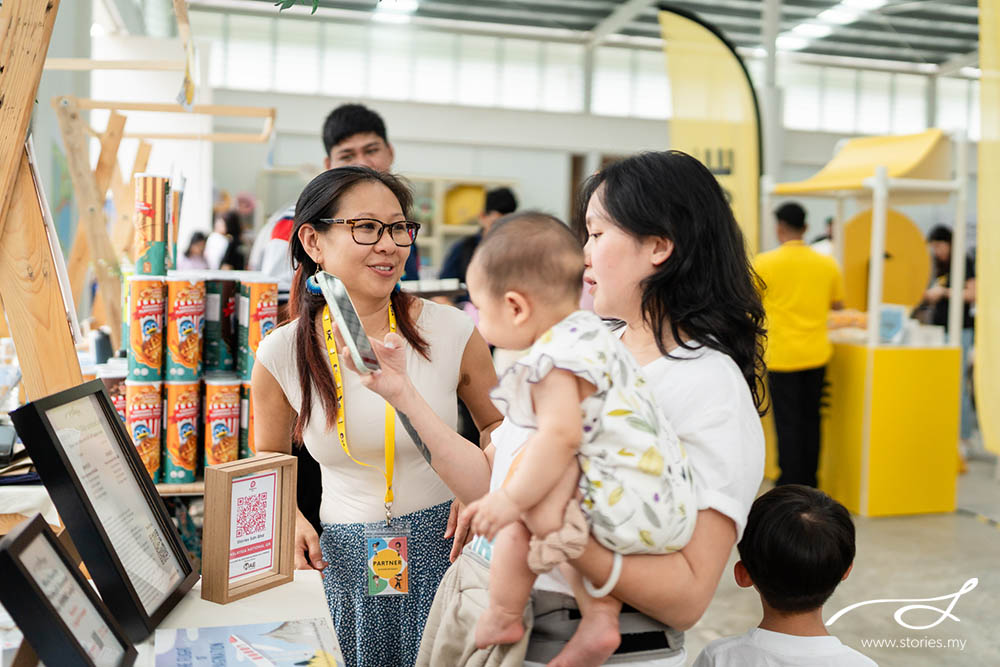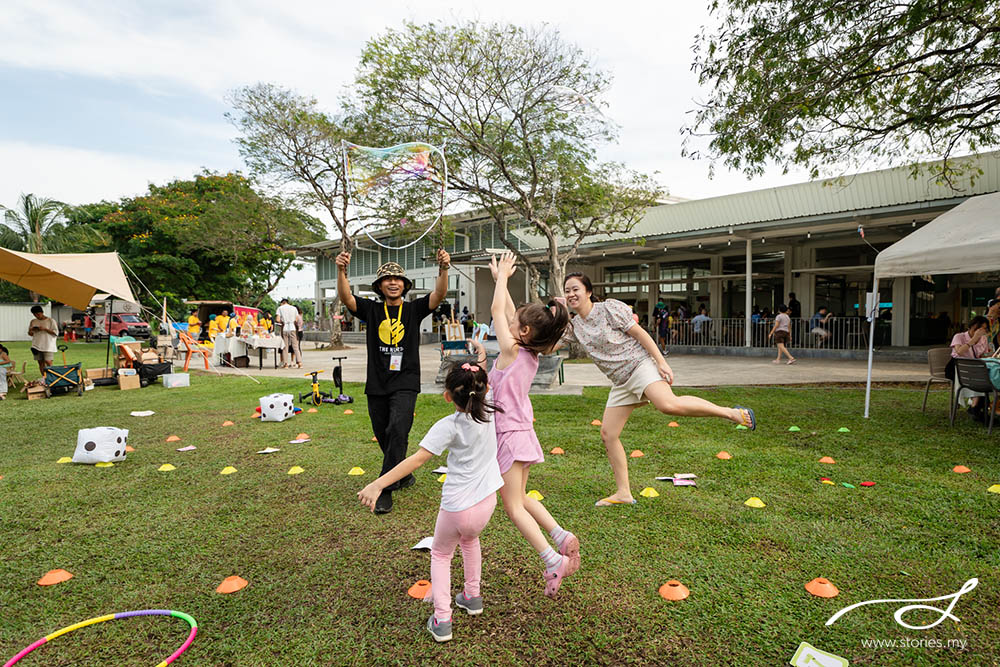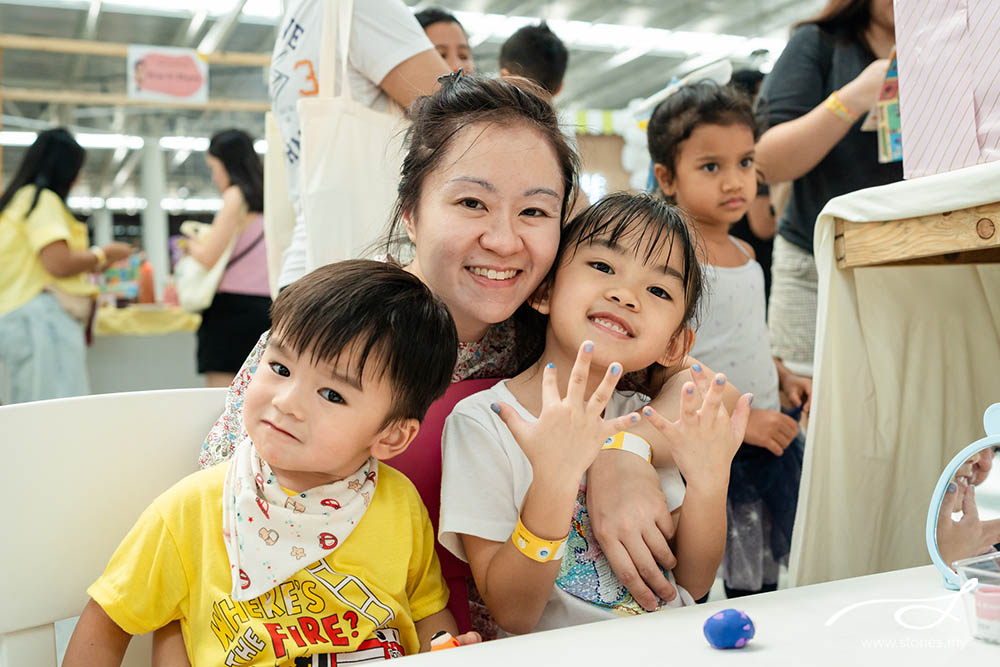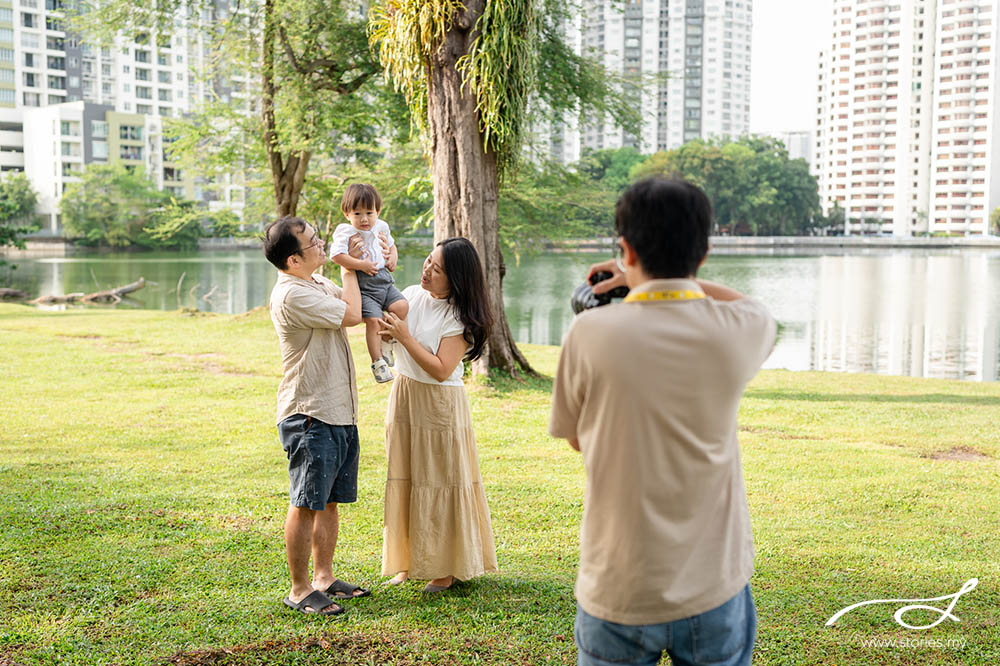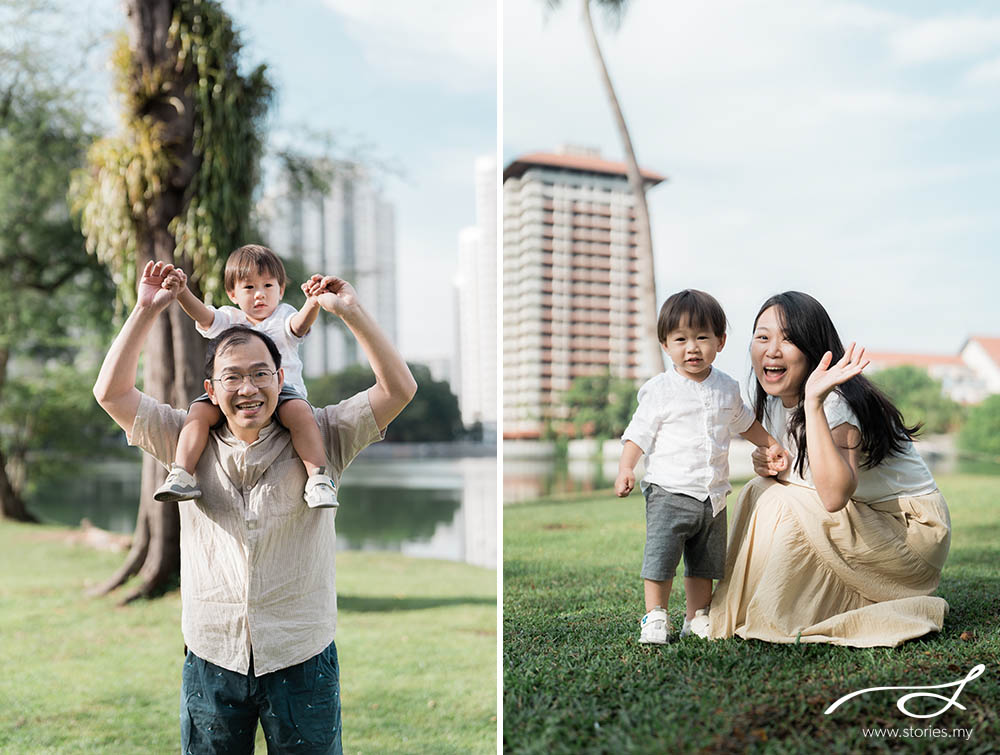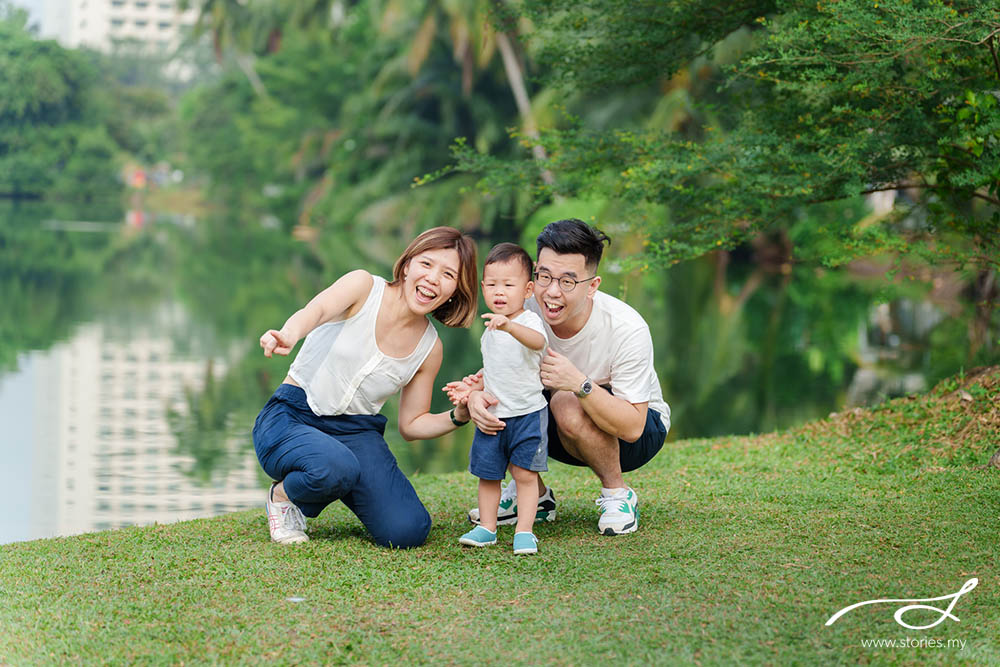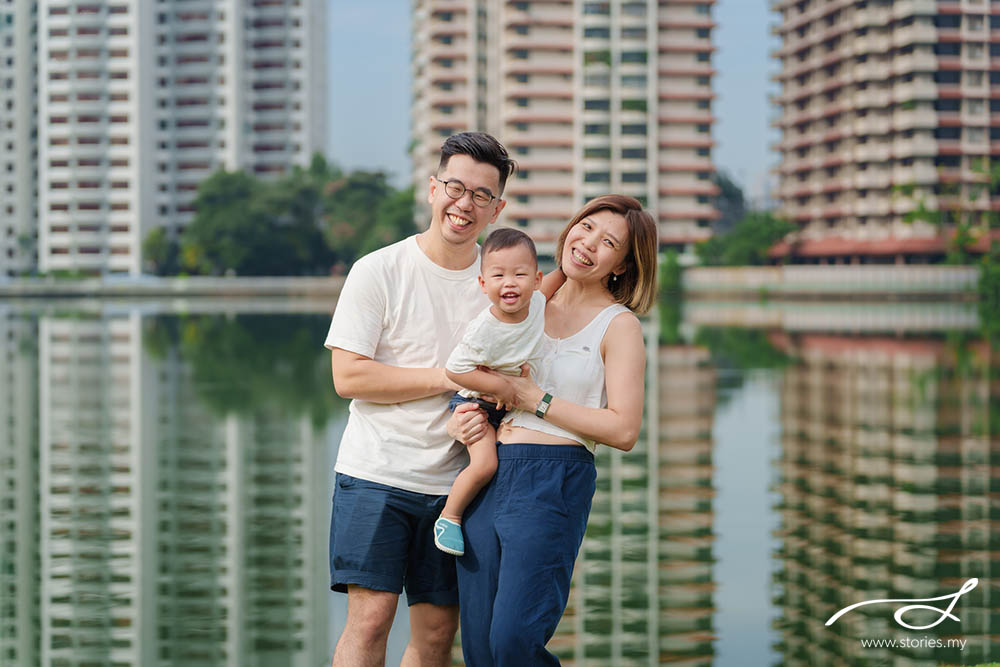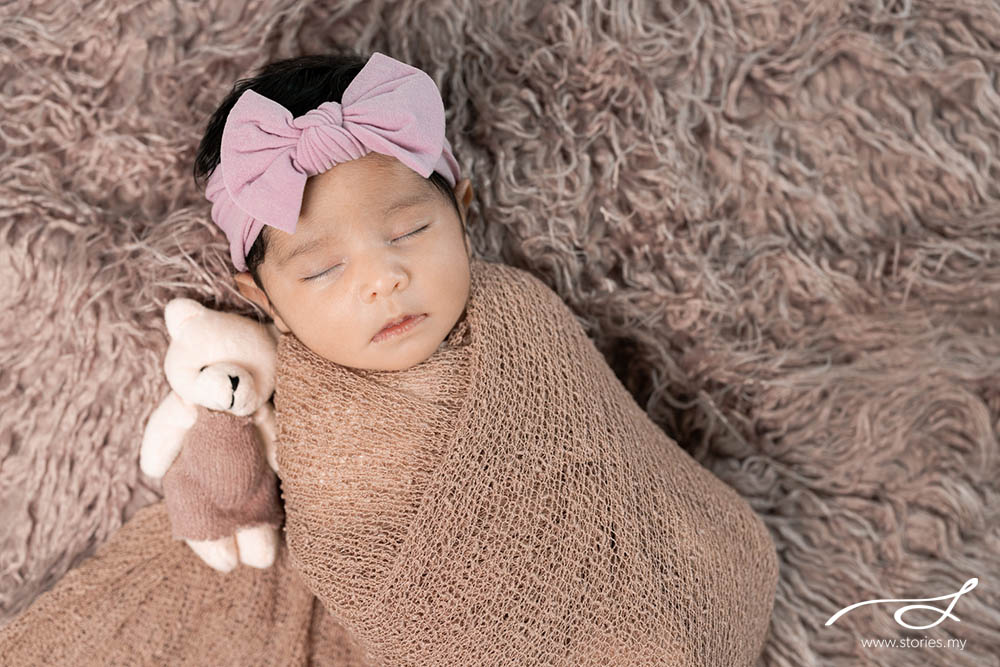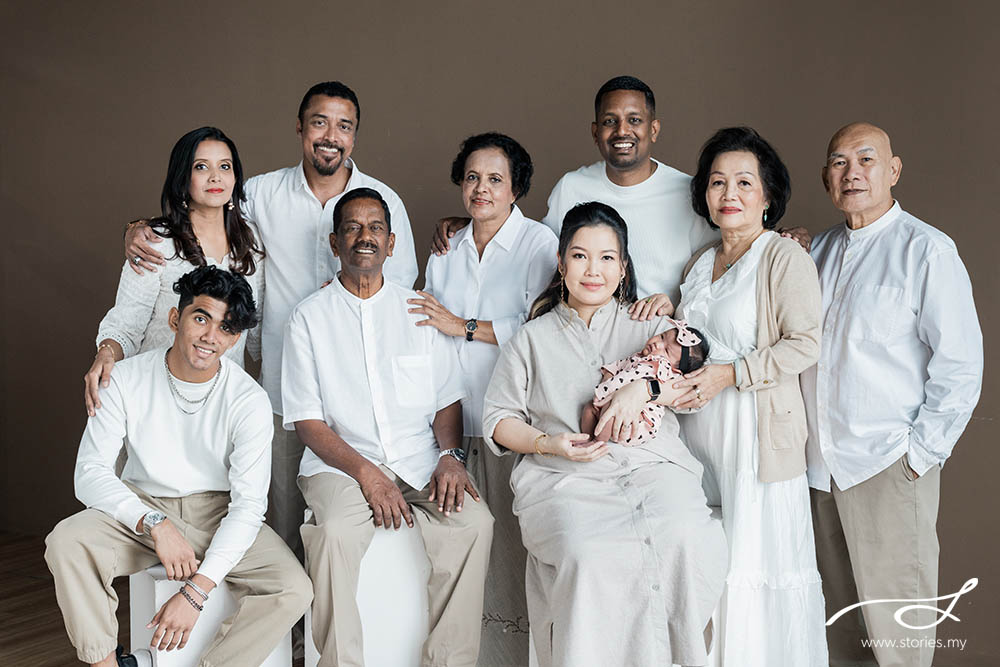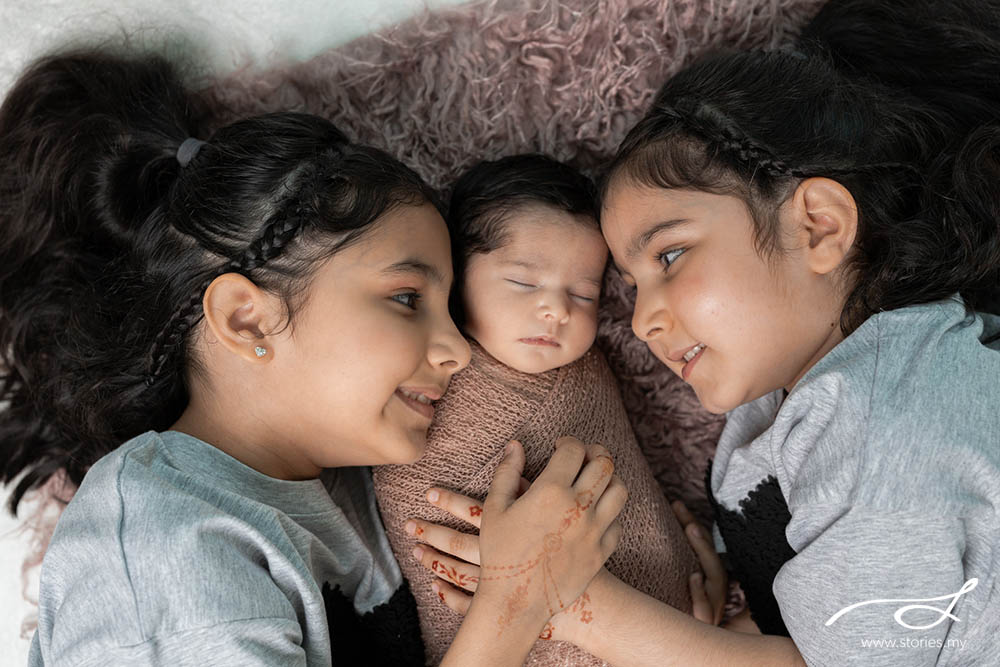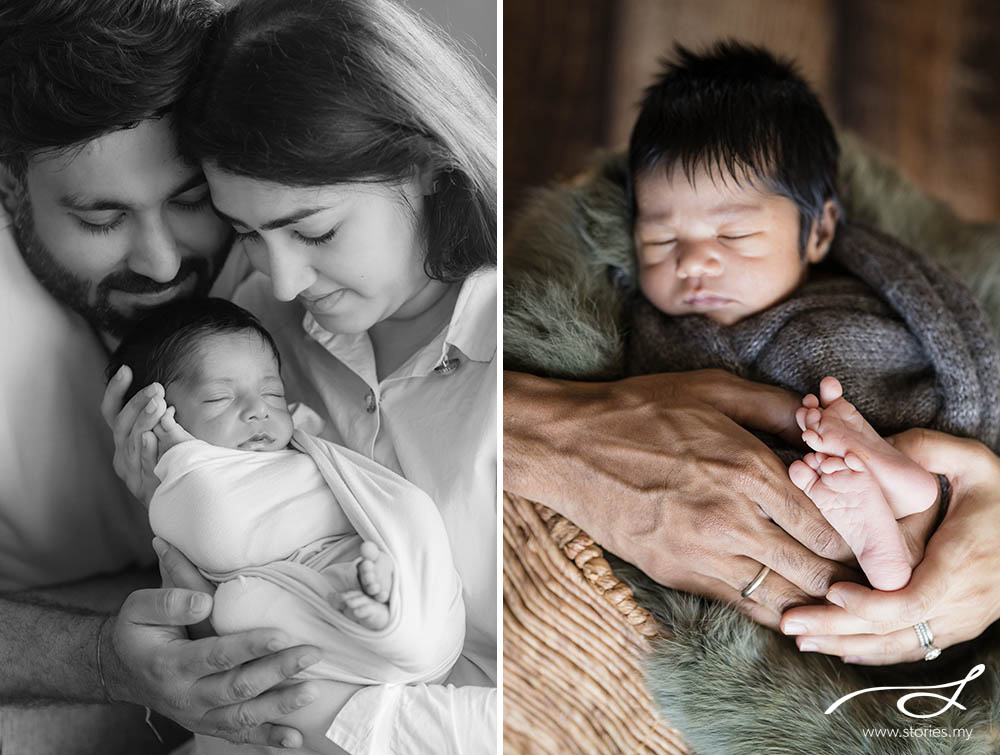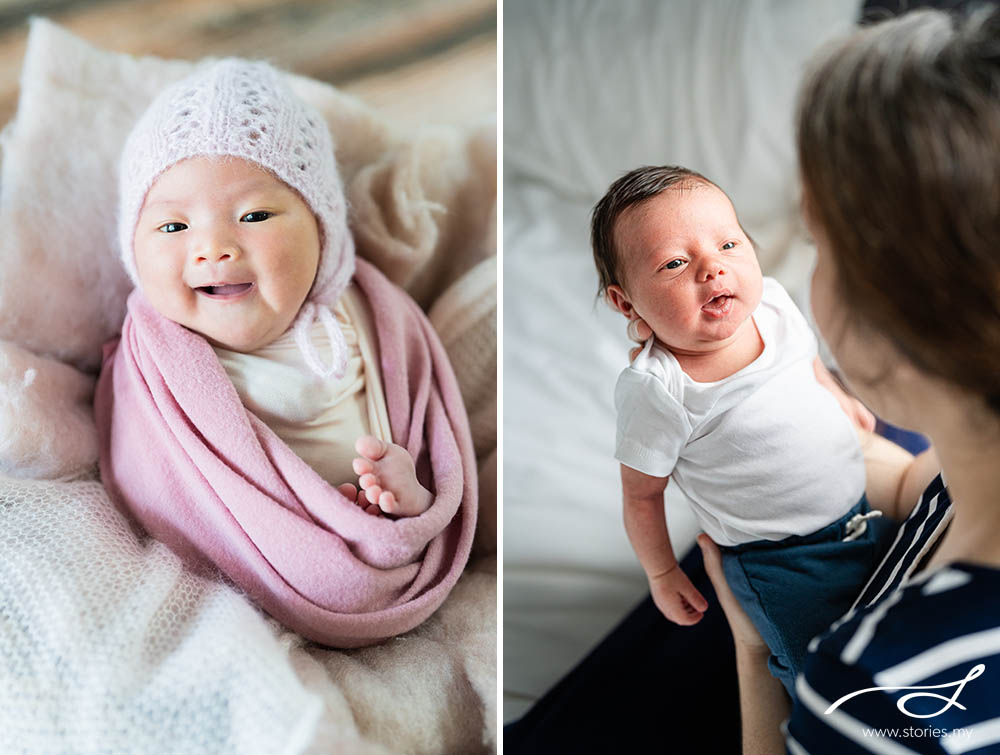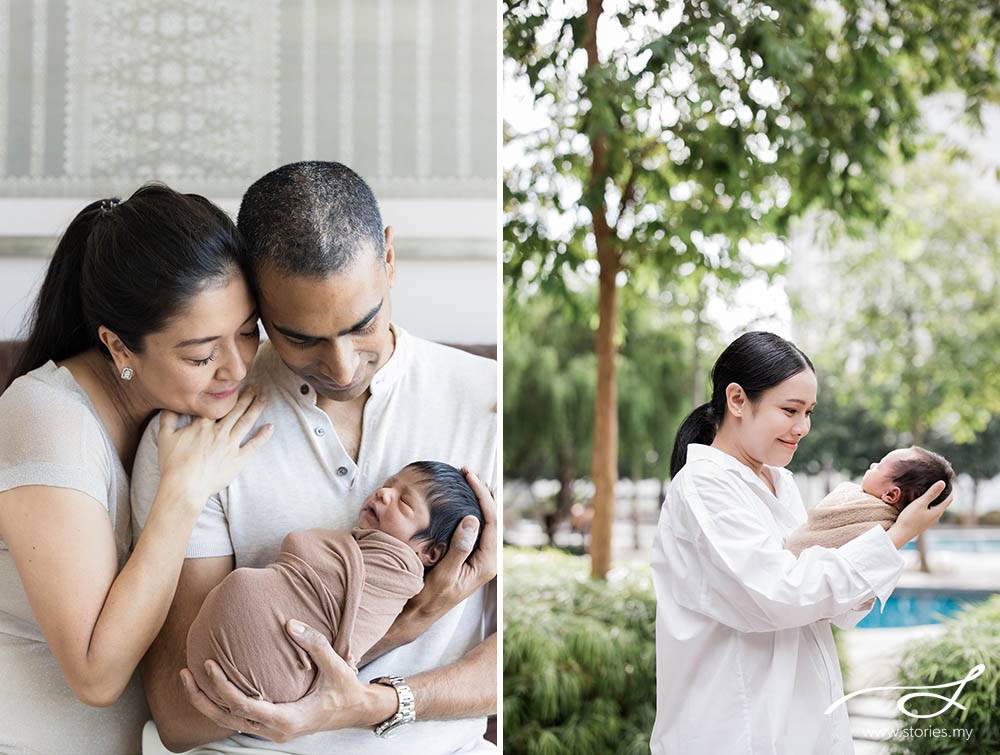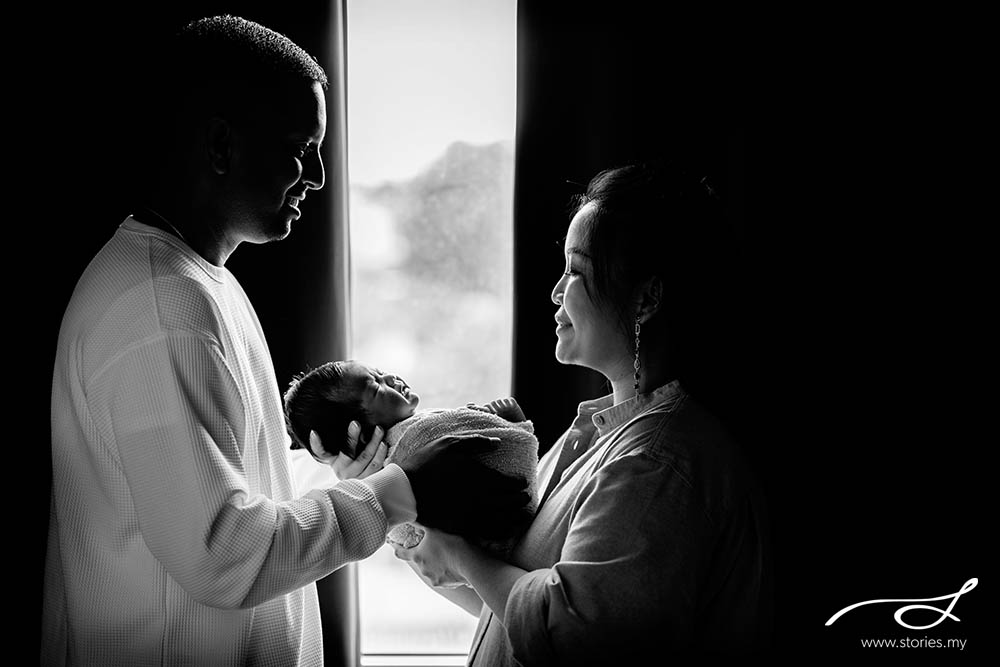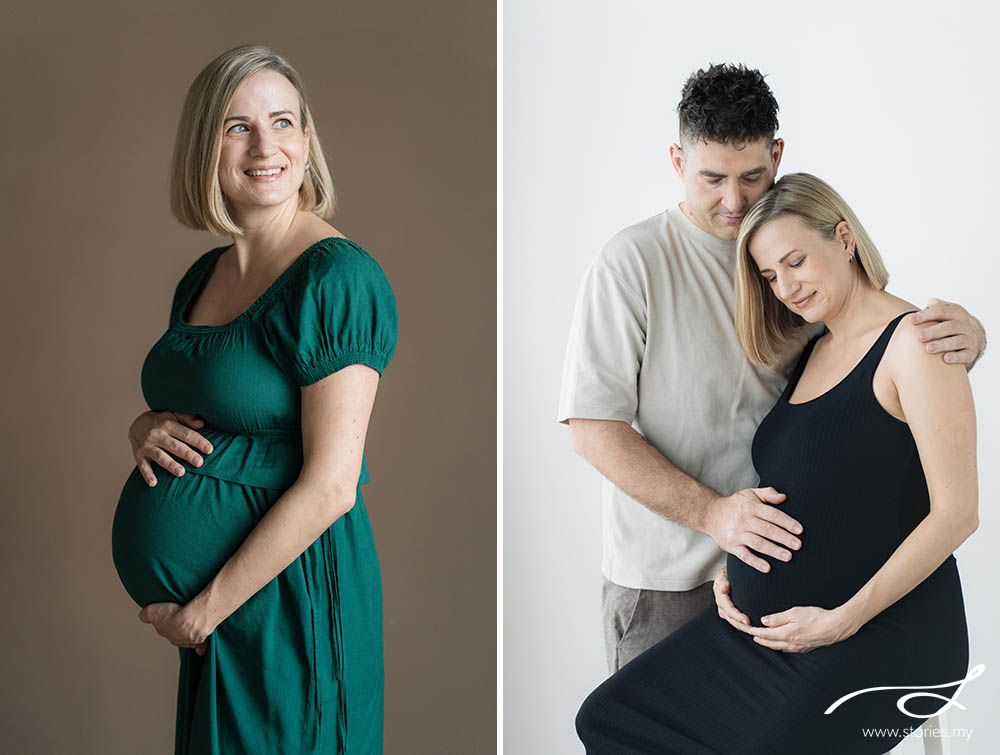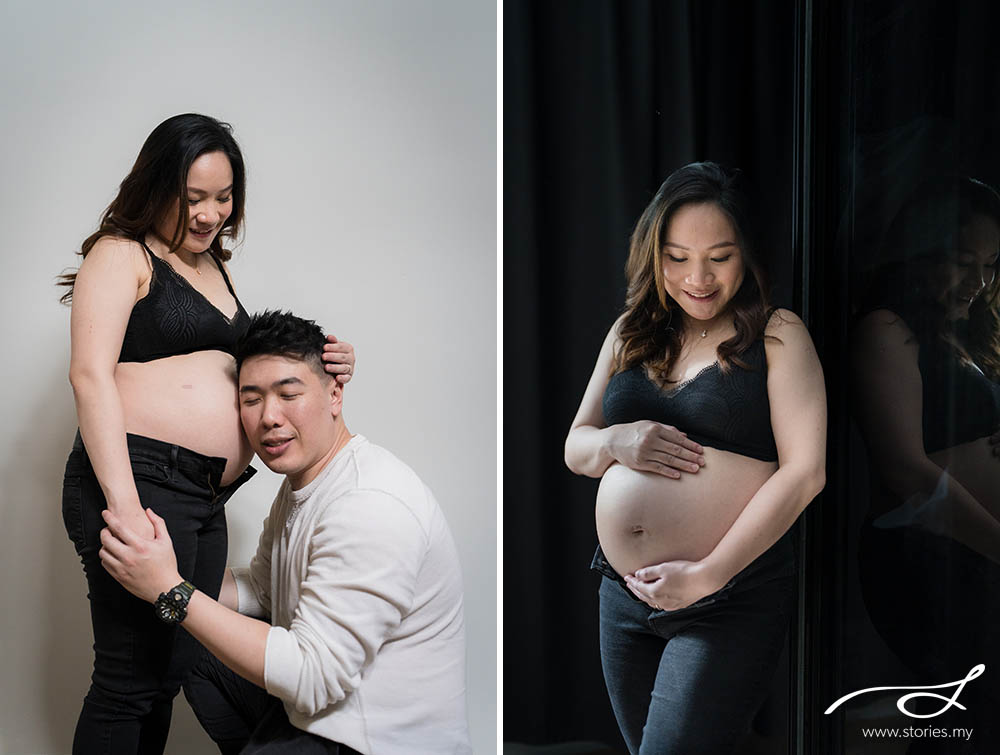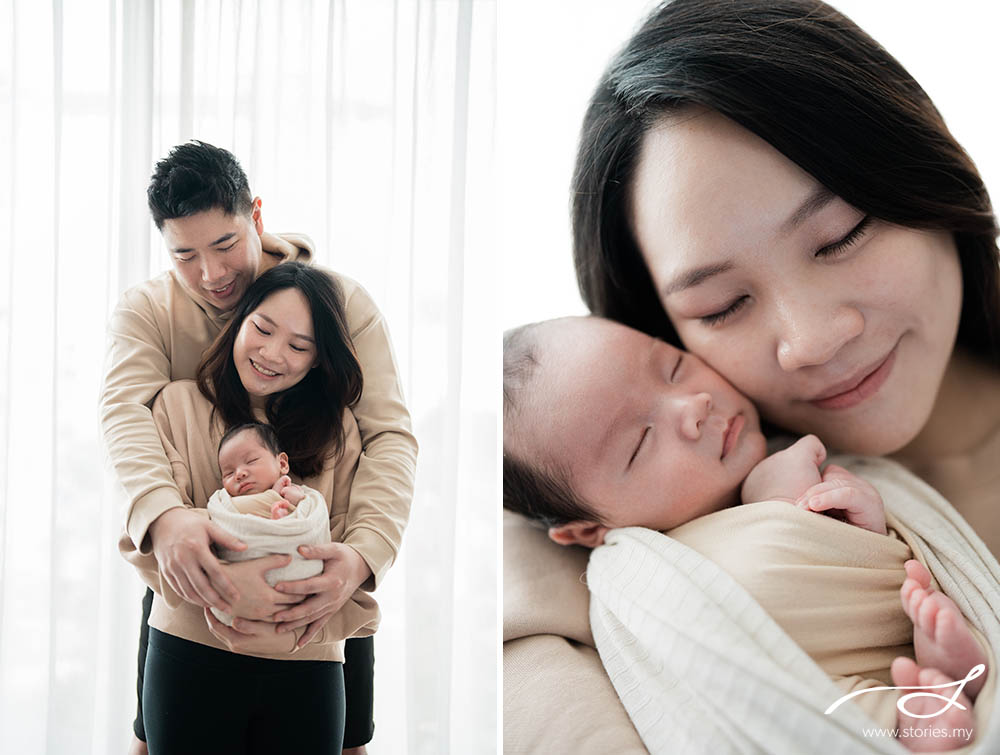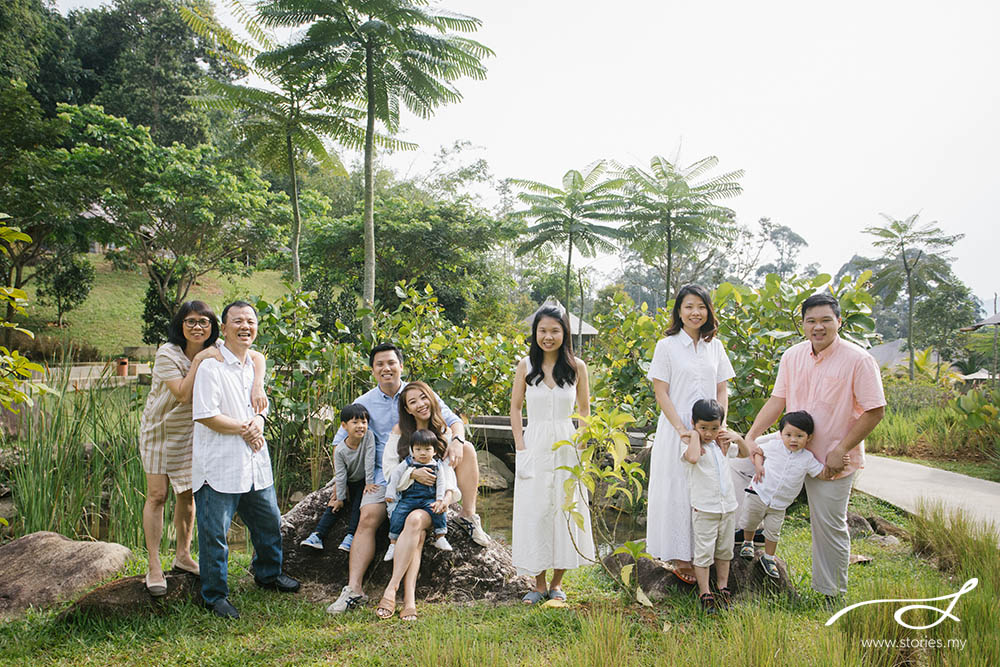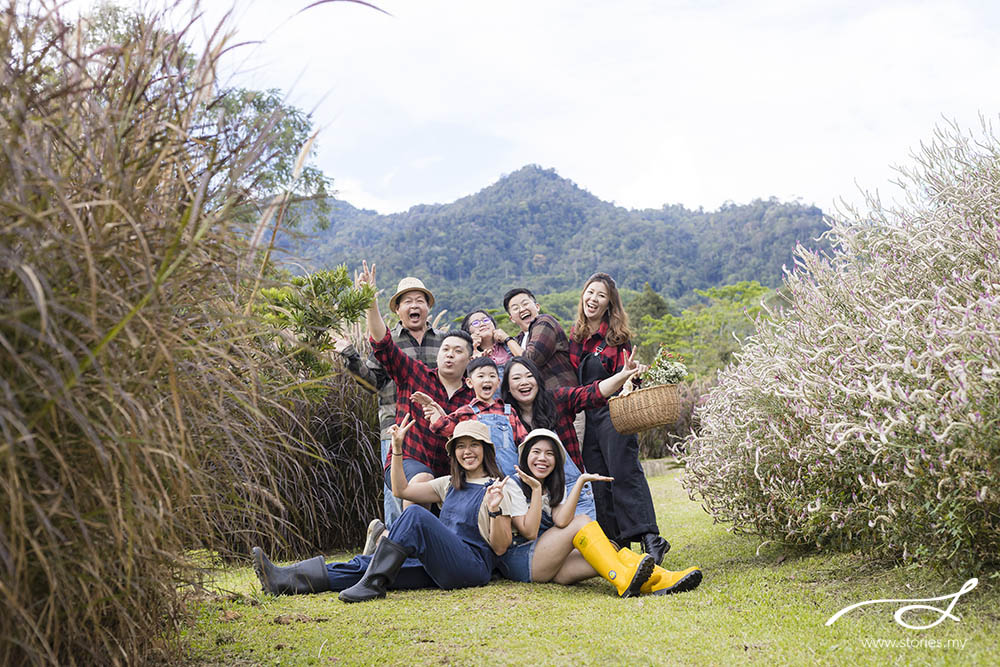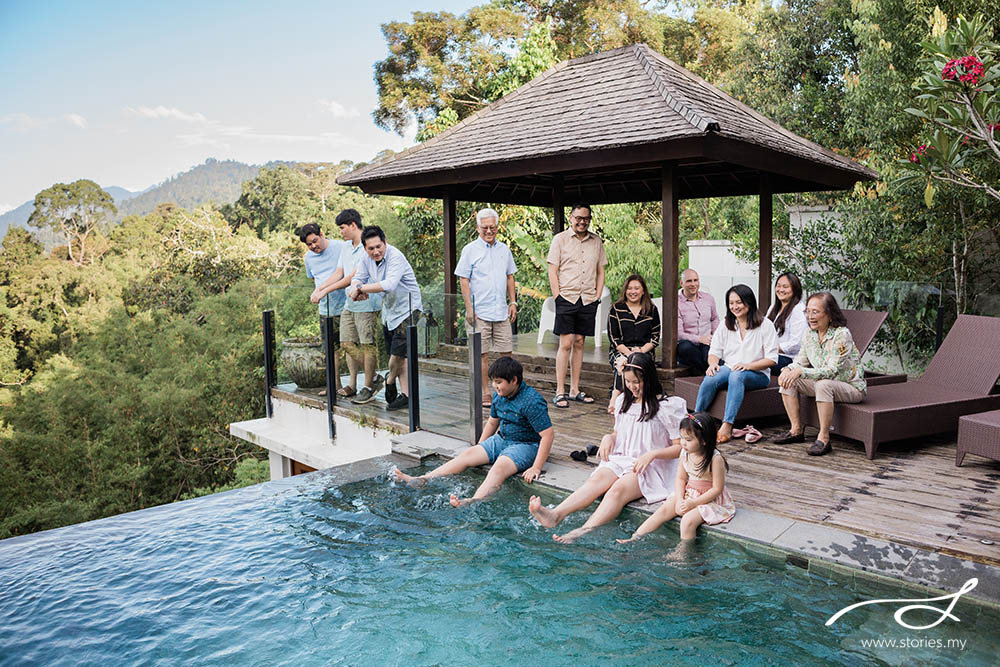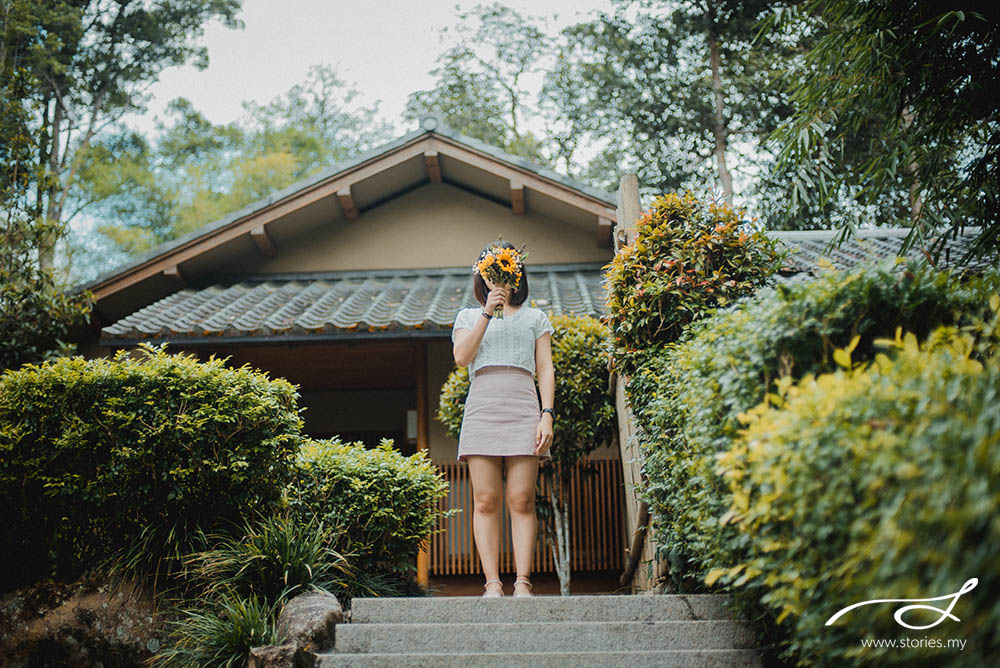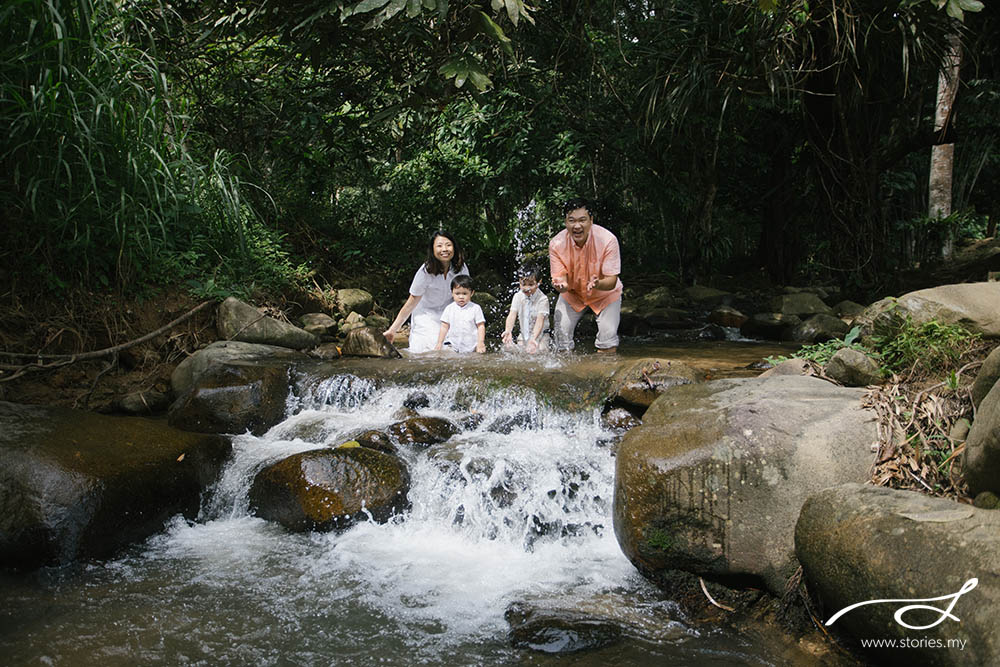You are probably looking forward to the food, the culture, the lush rainforests, the beautiful and the iconic landmarks when you are planning a trip to Malaysia with your family. But here’s something you might not have considered — how about a family photoshoot while you are here? Whether you are traveling from overseas or coming from another part of the country, taking the time for a professional photoshoot can transform your family trip into a set of memories you will treasure forever.
Here’s why a family photoshoot in Malaysia is such a great idea and check out a few stunning locations you might want to consider.
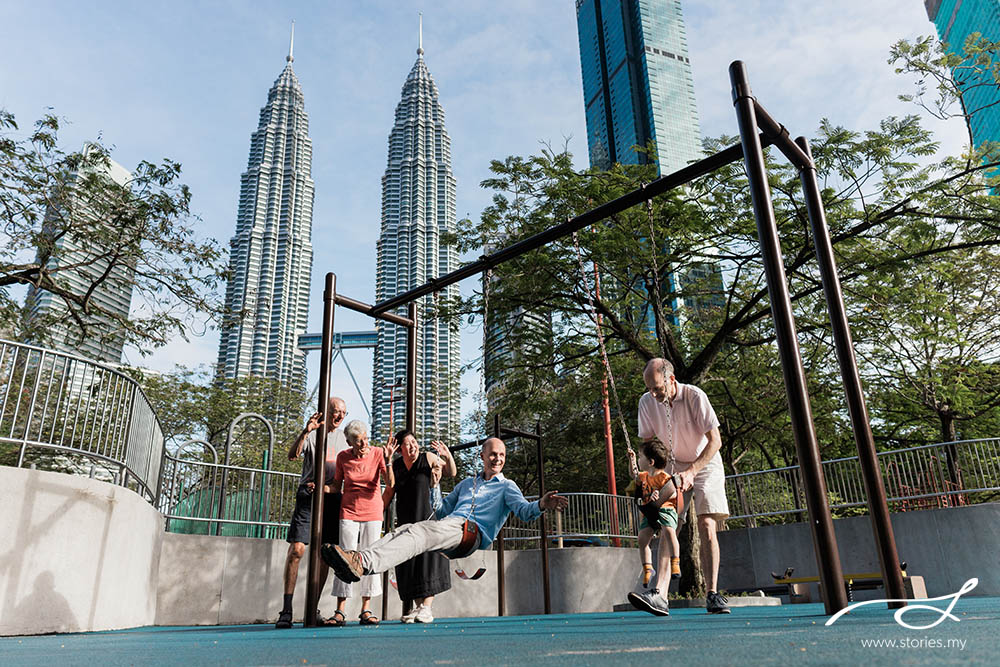
Capture the Magic of Your Vacation Together
Vacations are rare and precious, especially when the whole family comes together amidst busy schedules. Everyone’s relaxed and expectant, you’re trying new things, and you’re making unforgettable memories together. But too often, the only photos you have are selfies, group shots taken by a stranger, or blurry ones where someone’s always blinking. A professional family photographer can help you freeze those beautiful, candid moments with everyone in the frame – laughing, walking, or simply being yourselves all against the backdrop of Malaysia’s most breathtaking views.
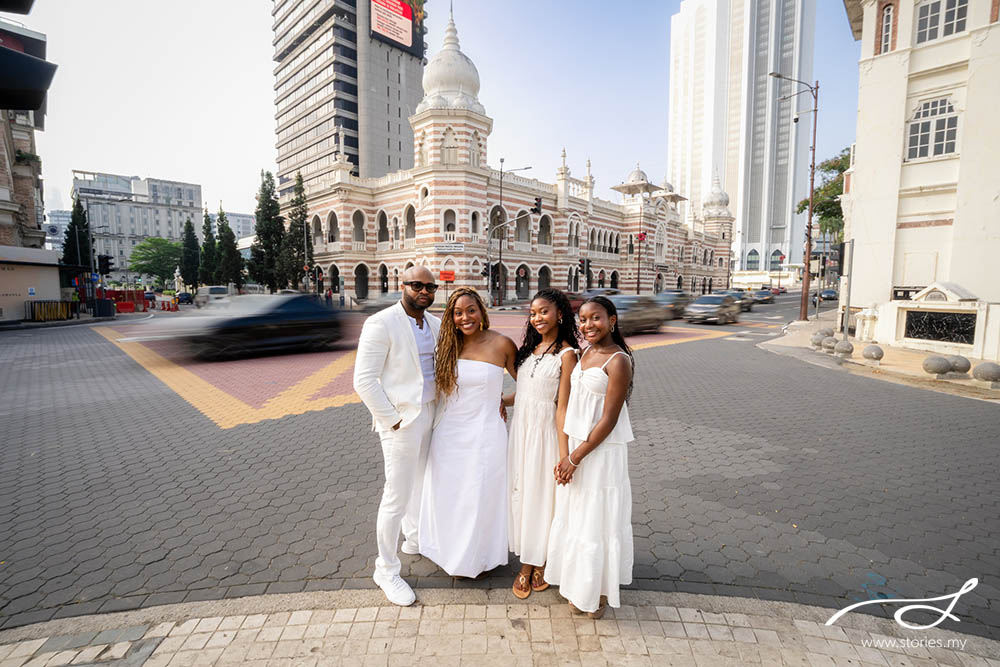
Here’s what Dorian Campbell has to say about her experience with us:
“I used Stories for a family photoshoot and was so impressed with their professionalism! The photographer and his vision for our family was spot on! He brought creativity and excitement to the shoot. Our pictures turned out beautiful due to his ability to capture all moments in the perfect setting and light. His wonderful personality enhanced the entire shoot. I would recommend this company to all that’s looking for a trusting photographer to capture their family photos.”
Malaysia’s Scenery Makes the Perfect Backdrop
Malaysia is incredibly photogenic, with a mix of modern and natural landscapes that are perfect for different vibes and moods. Whether you prefer a sleek urban look or something more serene and nature-filled, there’s something for everyone.
- KLCC (Kuala Lumpur City Centre): The iconic Petronas Twin Towers and the surrounding park area offer a modern, stylish backdrop that’s instantly recognizable. Great for families who love city adventures — imagine photos of your kids playing by the fountains, or the whole family framed by the towers at sunset.
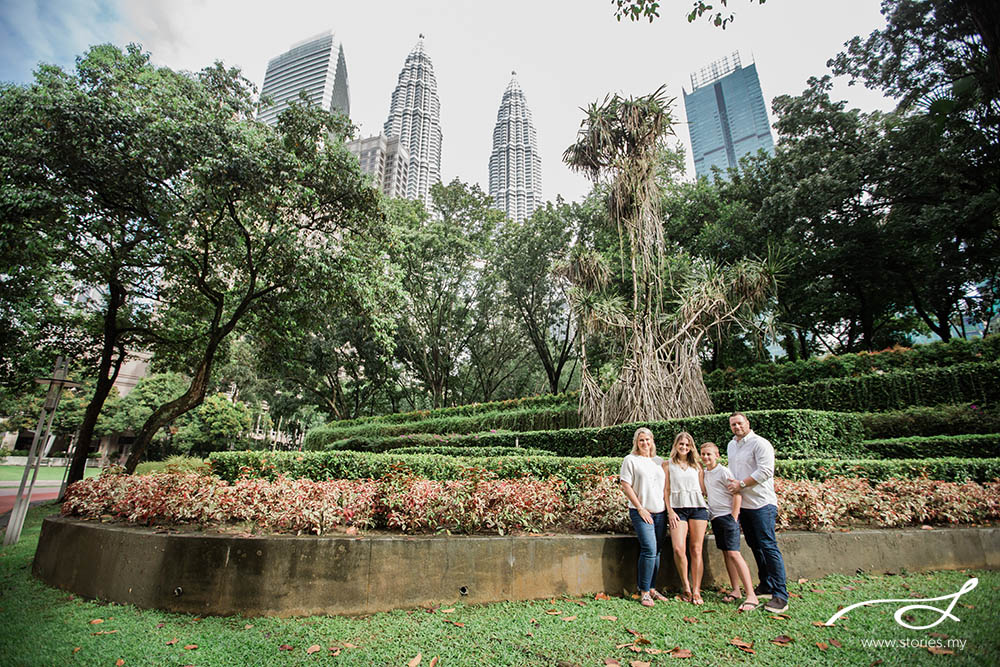
- Janda Baik: If you’re craving peace, greenery, and cool mountain air, Janda Baik is a dream come true. Nestled just 40 minutes from the city, this charming village offers rivers, waterfalls, and lush forest views that are perfect for rustic, nature-loving families. Think barefoot on the grass, kids picking flowers, and everyone wrapped in cozy sweaters.

- Langkawi Island: If your family loves the sea, Langkawi is a breathtaking location to capture sandy feet, ocean breezes, and golden sunsets. With its turquoise waters, dramatic cliffs, and peaceful beaches, it’s perfect for relaxed, tropical family portraits. Imagine your little ones running along the shore or everyone cuddled up against a glowing horizon — pure postcard moments.
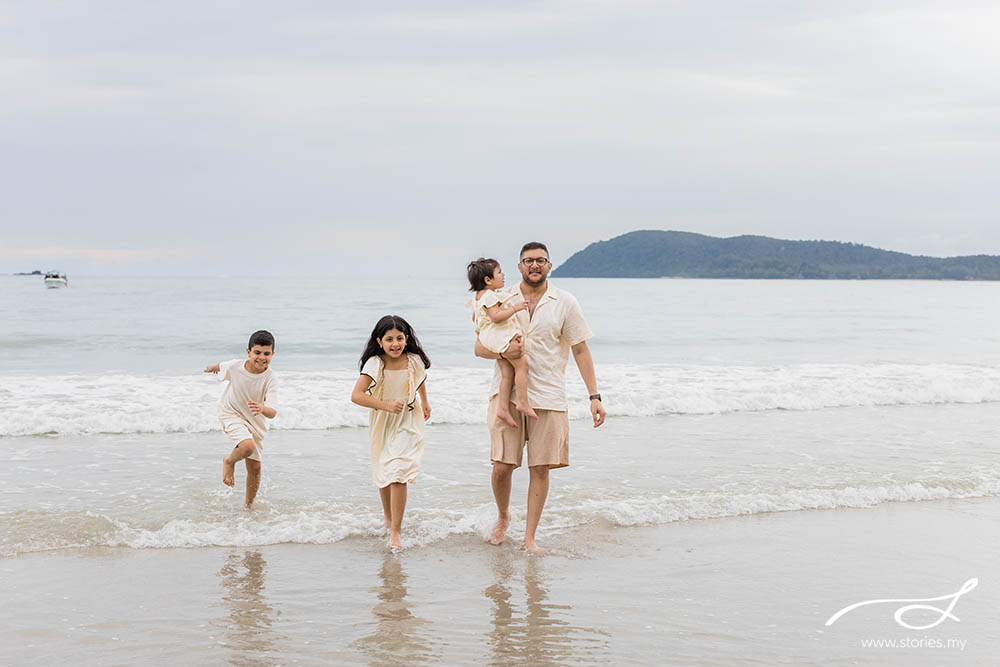
Make the Most of Your Time Together
With everyone busy in their day-to-day lives, it’s not often the whole family gets to spend this much time together. A vacation photoshoot is a great way to hit pause, be present, and soak in the moment. Plus, it gives you an hour or two of focused family time — away from devices and distractions — where the only task is to laugh, hug, and be yourselves.
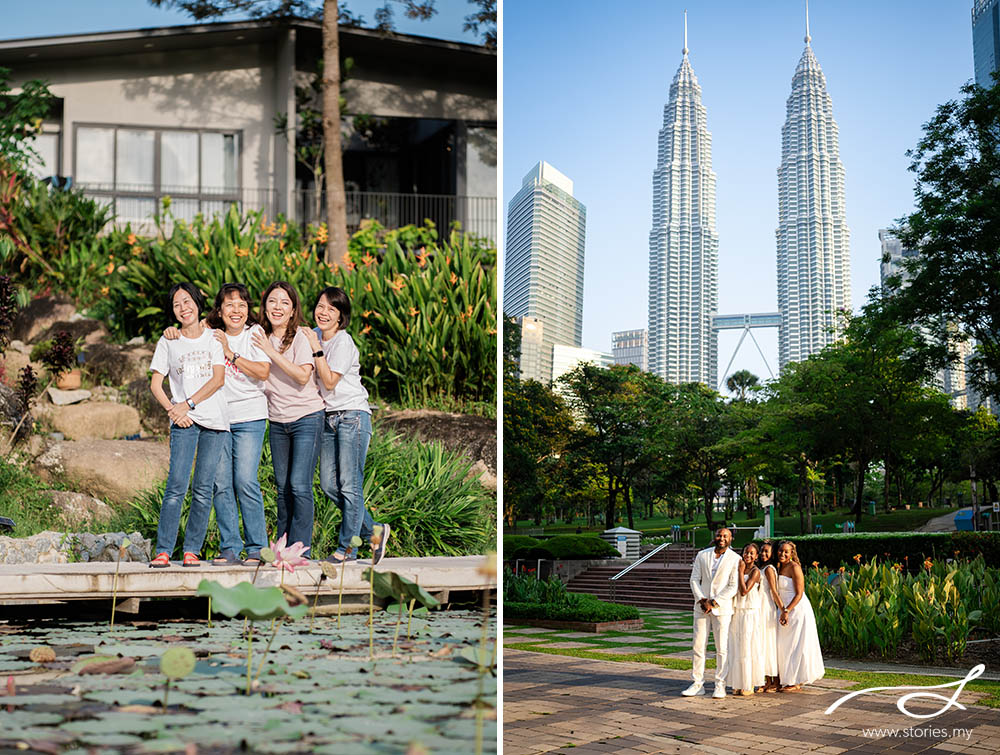
It’s One of the Best Souvenirs You Can Bring Home
Sure, keychains and fridge magnets are fun. But a set of beautifully edited family portraits? That’s something you’ll actually look at, frame, and cherish for years. You can print them in a photo book, hang them on your wall, or even send them out as your next holiday card. Every time you look at them, you will be transported back to that special trip — and how good it felt to just be together.
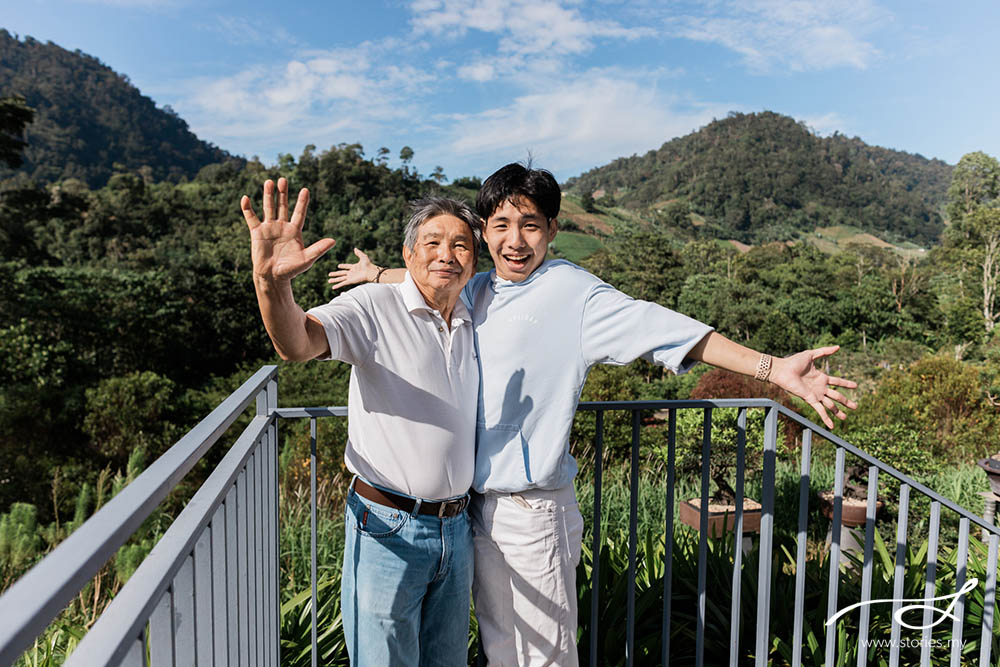
We Make It Easy, Fun, and Fuss-Free
Worried your kids might get bored? Or that it’ll feel awkward? Fret not! Our sessions are designed to be relaxed and natural — more like a walk in the park than a stiff photoshoot. We’ll guide you on where to go, how to pose, and help you just enjoy the moment. And yes, we know how to get the little ones to smile, especially the shy ones.
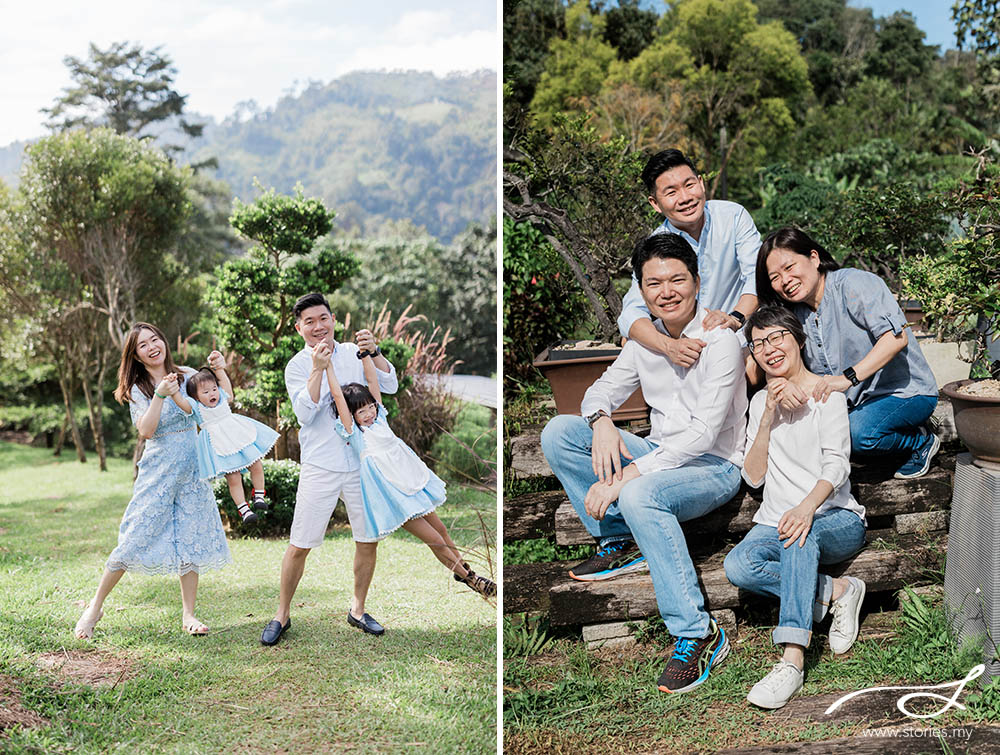

Final Thought
So if you’re coming to Malaysia soon, whether it’s your first trip or your tenth, consider making space in your itinerary for a family photoshoot. It’s more than just photos. It’s a way to remember the laughter, the love, and the little moments that made your trip unforgettable. And who knows? You might just start a new family tradition. 😊📸
Ready to plan your session? Let’s chat and find the perfect time and place for your family’s story.

